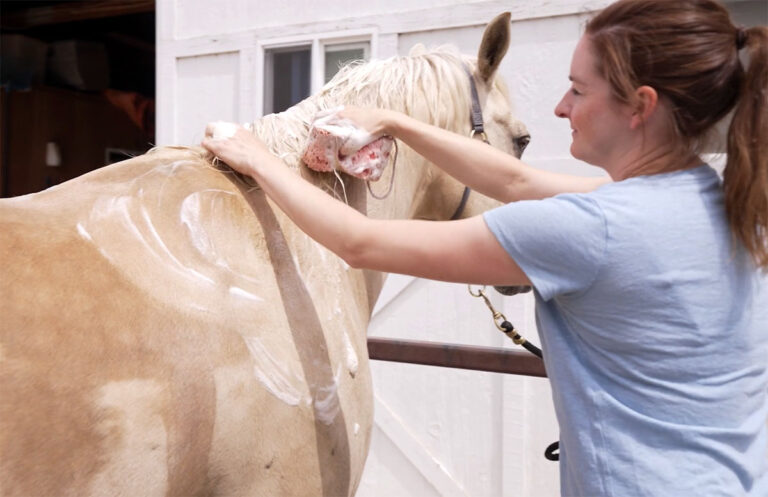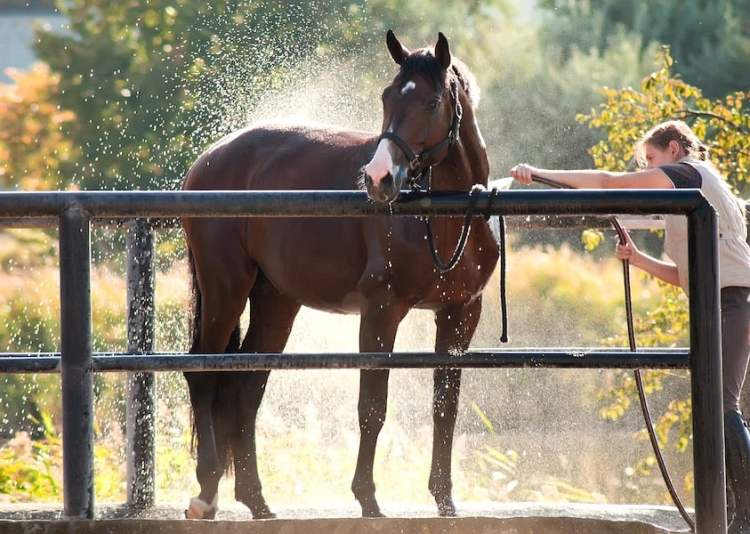Understanding how to measure dressage saddle flaps is essential for any equestrian enthusiast who wants to ensure both comfort and functionality while riding. Saddle flaps directly influence your leg position and the overall fit of the saddle, which are crucial for effective communication with your horse. Let us delve into this essential skill, helping you to achieve the perfect saddle fit that enhances your performance.

What Are Dressage Saddle Flaps?
Dressage saddle flaps are the extended portions of the saddle that protect the rider’s legs and help in maintaining the correct position. They play a significant role in securing the rider’s leg while providing support and maintaining balance during intricate dressage movements.
The Importance of Correct Measurement
Correctly measuring the saddle flaps is vital for rider comfort and horse performance. Ill-fitted flaps can cause discomfort and may affect your riding ability, and thus, it’s important to get this right.
Key Aspects of Saddle Flaps
Flap length and width are crucial dimensions, and their measurement must coincide with the rider’s leg length and overall riding style. Most commonly, the flap length relates to the length of your leg, extending from your knee to the ankle when seated.
How to Measure Dressage Saddle Flaps?
Gather Necessary Tools
Before you begin, gather a measuring tape, a friend to assist, and a notepad to jot down measurements.
Understand Your Riding Position
Start by understanding your usual riding position. Your knee should rest comfortably against the knee roll of the saddle without excess space or pressure.
Measuring Flap Length
To measure the flap length, sit on the saddle or a chair with your legs in a riding position. Measure from the top of the saddle down to where your leg meets the girth line. Ensure your legs are in a natural position for the most accurate measurement.
Check for Proper Fit
After measuring, compare against standard sizes. Consider factors such as your inseam length and personal comfort when deciding the appropriate flap size. Incorrect fit can lead to discomfort and impaired riding techniques.
Document Your Measurements
Record your measurements for future reference, and consider consulting with a professional saddle fitter if uncertain about the results.
Troubleshooting Common Mistakes
Common errors include measuring in the wrong position or incorrectly interpreting the measurements. It’s helpful to review the procedure and consult an expert when facing persistent difficulty.
Why Professional Consultation Matters
Consulting a professional can refine your approach and ensure you’re making correct assessments, enhancing both rider safety and performance.
Saddle Flap Adjustments and Comfort
If upon testing, your saddle does not meet comfort expectations, you might need alterations. Professional saddle makers can adjust flaps to better fit your specifications, ensuring your comfort and improving your riding experience.
The Role of Saddle Manufacturers
Saddle manufacturers design saddles keeping different preferences in view. Understanding the weight and design of saddles can aid in choosing one that aligns with both style and functionality requirements.
Saddle Care and Maintenance
Once fitted, it’s crucial to maintain your saddle. Regular cleaning and proper storage prolong the saddle’s life and maintain its comfort.
Additional Resources
Online tutorials and guides are available for further learning. It’s helpful to explore equestrian forums and expert advice columns for personal experiences and tips.
Conclusion
Mastering how to measure dressage saddle flaps is essential for serious equestrians. The correct measurement enhances comfort, efficiency, and overall riding pleasure. Investing the time to learn this skill ensures a rewarding experience as you connect with your horse through perfectly adjusted equipment.

FAQ
What standard length should dressage saddle flaps be?
Standard lengths vary, but generally, they should align with your leg length from the knee to the ankle.
Can I alter my saddle flaps if they aren’t the right size?
Yes, a professional saddle fitter can alter flaps to better fit your needs and ensure greater riding comfort.
Are custom saddles better than standard ones?
Custom saddles offer a fit tailored to your specific needs, increasing comfort and performance, however, they might be more costly than standard ones.








